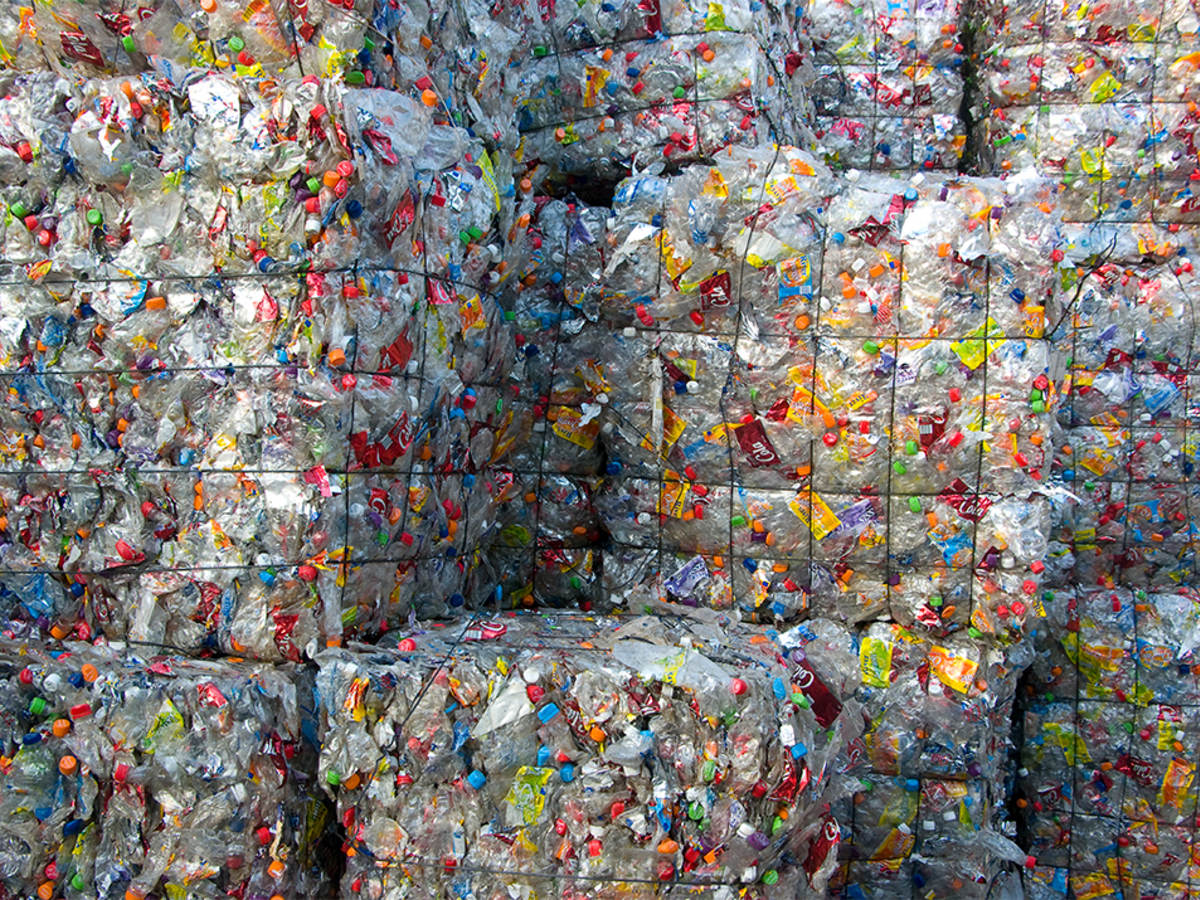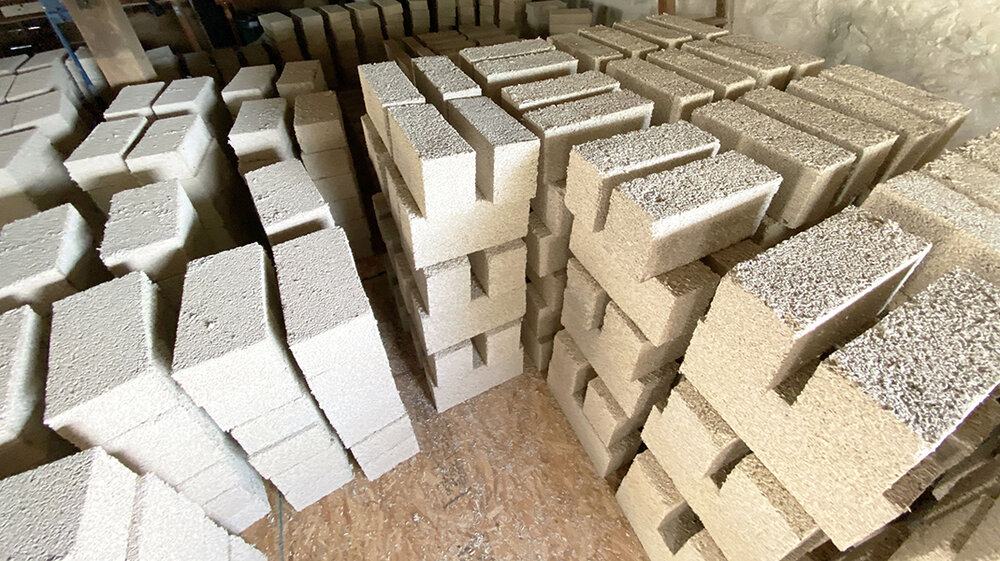Road construction materials we utilize today have been carefully developed over the years to be sturdy, reliable, and durable. These man-made materials are designed to have all the preferred characteristics of a secure road infrastructure, ensuring the safety of the millions of people who use it every day. However, many of these materials are developed without taking sustainability into account, often resulting in the development of materials that may be beneficial to the safety of humans, but not for the safety of the environment.
As humans continue to understand the detrimental effects of global warming, sustainability is slowly beginning to be given importance in many sectors of our society. Many industries are beginning to consider the negative effects of non-sustainable materials on their products and materials. As a result, these industries are making the much-needed development and adaptation of sustainable practices in their workflow, not only for the survival of their businesses but for the benefit of the environment and, of course, society.
Sustainable materials and business practices are very important. It ensures that the people who manage influential sectors of society are aware of the necessary shifts that the people require. At the same time, major industries adopting sustainable practices and materials will also aid the survival of the planet — which, at the end of the day, is for the benefit of everyone.
Sustainable Road Materials
Recycled Plastic

One of the most common land, air, and water polluters, plastic, is abundant and recyclable with promising capabilities as a sustainable road material. The majority of the plastic is found in the food and retail industry, which is an industry that generates 3.1 billion tonnes of greenhouse emissions per year. Because of this, plastic is one of the most destructive pollutants on the planet, an issue that is heightened majorly by the fact that plastic takes a very long time to decompose and that its decomposing process is harmful as well.
Because of this, recycled plastic is one of the most common sustainable material innovations that many industries are embracing. Recycled plastic has been around for a while, but it was just in the past decade that it began to be considered as a solution for global warming. Recycled plastic can be used in fibers, sheets, and non-food containers. In addition to these, recycled plastic is also making its way into the road construction industry.
Recycled plastic can be incorporated into pavements. In its latest innovations, recycled mixed pavements are developed to have increased density, stability, and water resistance, making them even more durable than standard cement-based pavements.
Bamboo Materials

A traditional construction material that people have been using for centuries, bamboo poles are a very durable and efficient material that can be used in place of modern soil-nailed sheet walls. Bamboo materials are traditionally used in building construction, but it has also been utilized as a sheet wall for the stability of excavation walls, a construction that requires deep digging. For shotcrete excavated walls, bamboo shoots are reinforced together to form a stable bamboo grid to replace metal sheet walls.
This practice of sustainable road construction has been used in many Asian countries for a long time. In countries like Indonesia, using bamboo shoots as a sheet wall is common, and has been used multiple times in many road infrastructures that require reinforced shotcrete and slope stabilization.
Hempcrete/Hemplime

Hempcrete, also known as hemplime, is a sustainable material derived from hemp stalks and lime. With the purpose of reducing the use of concrete in future building construction and renovations, hemplime is a bio-based material that is produced by other sustainable plant materials that are not destructive to the environment.
Similar to recycled plastic, hempcrete has been around for a while, but it is now only beginning to gain traction in the construction industry as the need for sustainable practices and materials is beginning to gain significant attention. In a revolutionary step towards a greener future, the U.S. Department of Energy awarded a 3.47 million dollar grant to the University of Texas to study net-carbon-negative building designs by using extensive 3D printed building models using hempcrete. The result is a material more durable than those used in traditional wood-fame construction.
Sustainable Road Materials Will Build Our Way To A Sustainable Future
As global warming seems to only get worse day by day, it is up to the biggest industries to take a stand and lead the way toward a sustainable future. The development of earth-friendly, green materials will be pointless if they are not embraced and implemented as sustainable substitutes for old, traditional materials that produce harmful effects on the environment. The need for greener materials and practices is urgent, and it takes industry leaders to make the shift before everyone else follows.
However, the future of road construction is not bleak. As science and technology continue to pursue the study and development of sustainable materials and practices, the construction industry can continue to adapt greener and overall better items for road construction projects.
In a society that is slowly but surely making important strides toward a greener future, the road to it is widening and becoming more possible than ever before.
References:
- Regan Industrial (n.d.) 7 Eco-Friendly Materials for Green Construction. Retrieved from: https://reganindustrial.com/blog/eco-friendly-materials-green-construction/
- Alemu, D., Tafesse, M., Kanti, A. (12 March 2022) Mycelium-Based Composite: The Future Sustainable Biomaterial. Retrieved from: https://www.ncbi.nlm.nih.gov/pmc/articles/PMC8934219/
- Schilling, K. (25 November 2019) Sustainable Materials in Road Construction. Retrieved from: https://www.bio-powder.com/en/industry-trends/sustainable-materials-road-construction
- Jiang, A., Huang, Y., Sha, A. (10 December 2018) A review of eco-friendly functional road materials. Construction and Building Materials. Retrieved from: https://www.sciencedirect.com/science/article/abs/pii/S0950061818324887
- Howell, B. (15 February 2023) Top 7 Most Polluting Industries in 2023. The EcoExperts. Retrieved from: https://www.theecoexperts.co.uk/blog/top-7-most-polluting-industries
- Rana, S., Khwaja, M. (24 January 2022) Plastic Waste Use in Road Construction: Viable
- Waste Management? Policy Brief # 81. Retrieved from: https://think-asia.org/bitstream/handle/11540/14804/PB-81PlasticWasteUseinRoadConstruction2022.pdf?sequence=1



